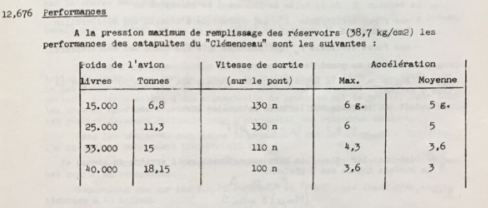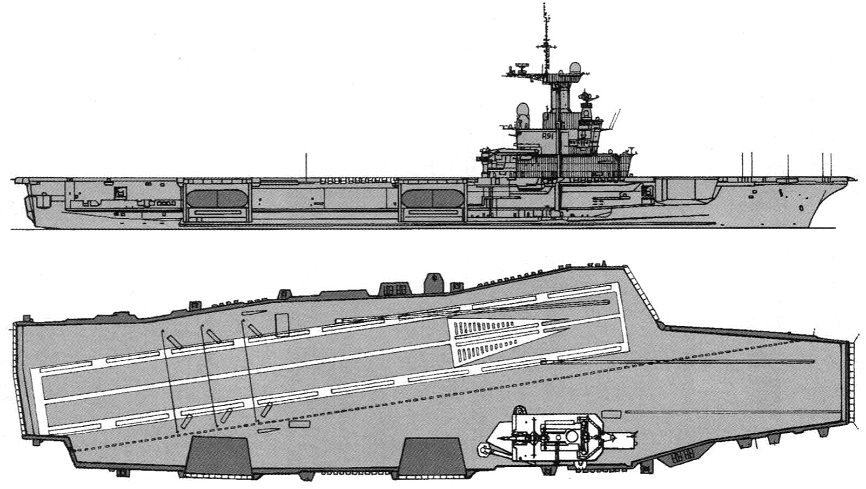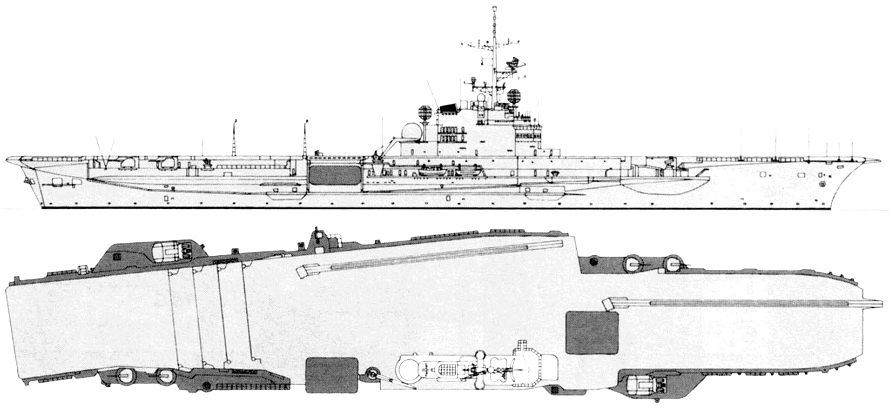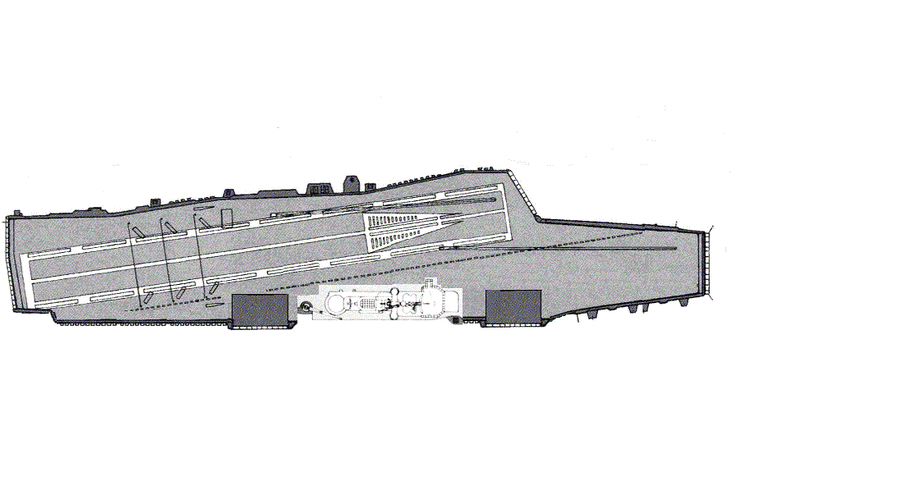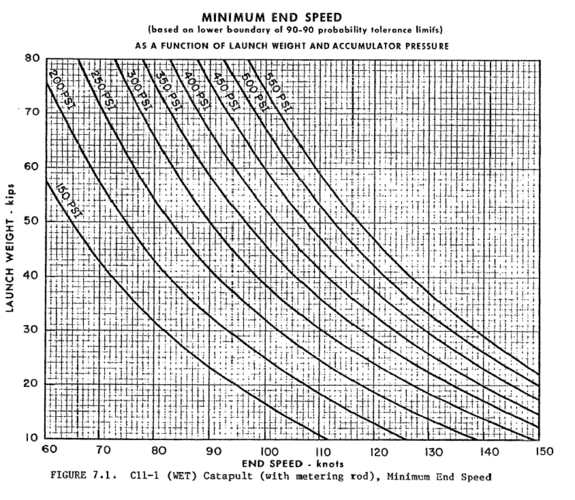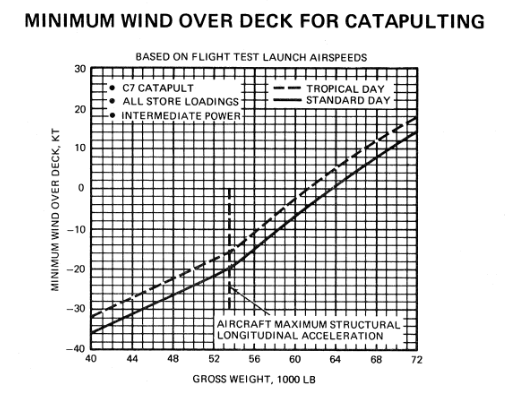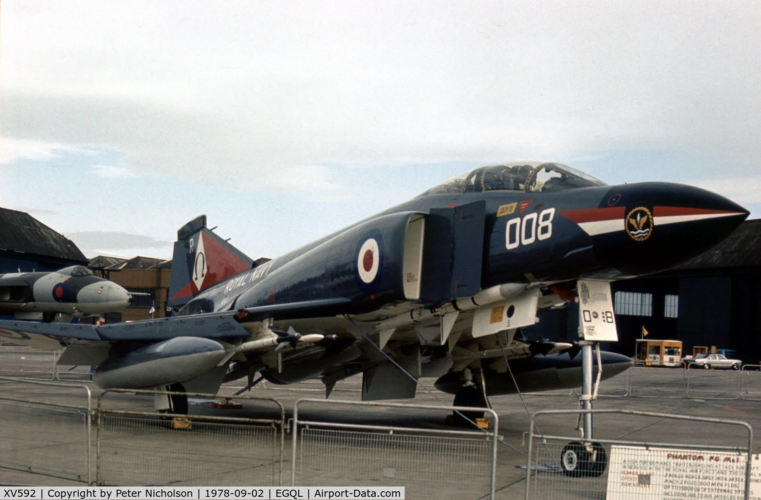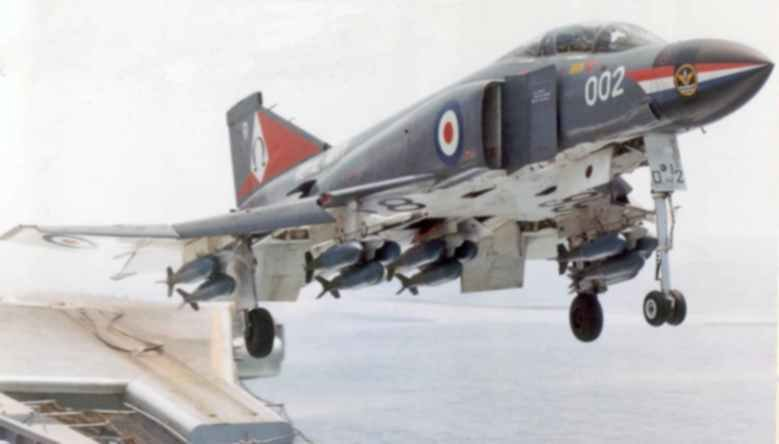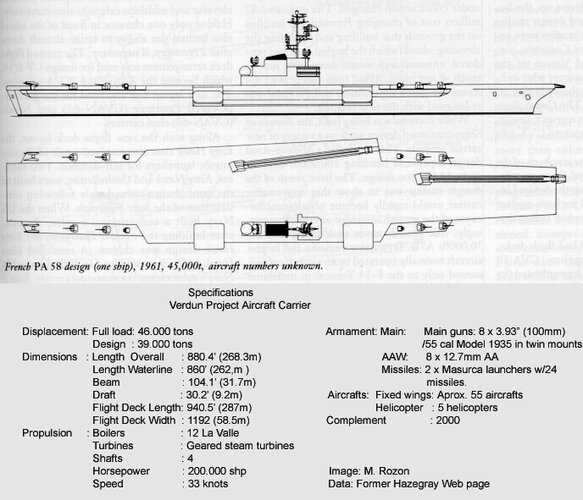alejandrogrossi
ACCESS: Secret
- Joined
- 20 September 2019
- Messages
- 268
- Reaction score
- 445
On a slightly OT note, considering that the Clems had very high hangers. It might be possible to rework this down and spend the metal weight strengthening the deck for F4s.
Though strictly the cheapest longterm option is to sell the Clems to help fund the PA.58s.
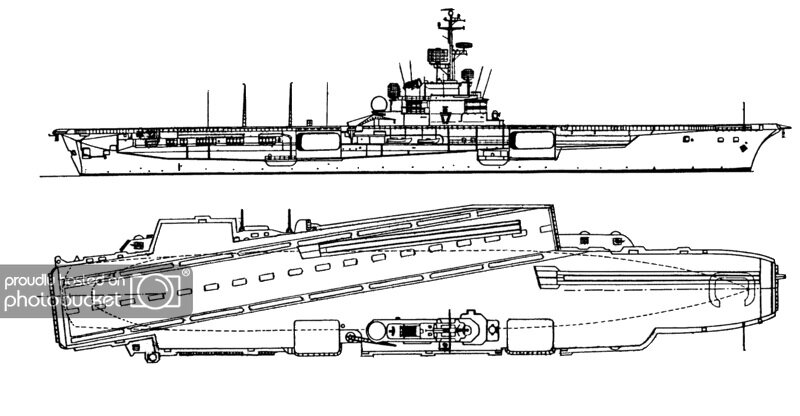
This image was and streching version for Clem
"here is a ~30 foot stretched Clemenceau... the stretch includes the forward part of the angle deck, this gives a angle deck length of ~615' including the round-down at the stern, compared to the ~580' of my earlier mod and the original ~560'.
I moved the angle cat forward to match the stretch.
The forward elevator and island were not moved in relation to the rest of the hull, therefore the forward edge of the elevator is now 245' aft of the bow at the waterline, and is at the 30% point of the 820' waterline length.
So instead of a 869'4" overall length the new version has basically a 900' length, with a corresponding 55' increase in the length of the angle deck over the historic ships. We also have two BS-5A 199' catapults, along with two deck-edge elevators.
However, Clemenceau's boilers were rated for 640 psi @ 842 degrees F, compared to the British 400-440 psi @ 600-750 degrees F and the US 575-600 psi @ 850-900 degrees F for the Essex & Midway classes.
The higher pressure & temperature of steam means it would be possible to replace the catapults with the US C-11-1 (operating pressure 520 psi), which is actually a bit shorter than the BS-5 (240' total installed length with 215' stroke vs 268' total length with 199' stroke).
Clemenceau's elevators were rated at 33,000 lb capacity, and were ~54' long & ~34' wide.
The F-4J weighed 30,770 lb empty, and was 58' long, and 38' 5" wide (~28' folded).
This meant that the elevators would be marginal, and you would need the folding nose of the RN's Phantoms to fit onto the elevators.
The hangar was 499' "usable length" (I have seen 590' listed, but that was including the forward elevator and the engine shops aft), 72'-79' wide, and 23' high.
From here
https://www.tapatalk.com/groups/war...roposed-stretching-the-clemenceau-t18713.html
I agree with your last sentence

